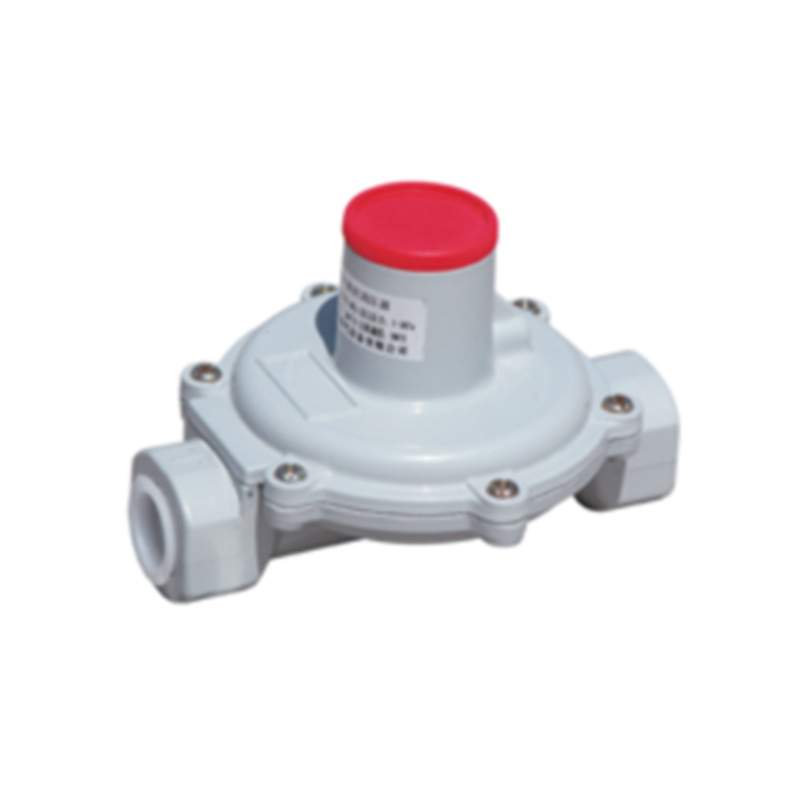
Dec . 25, 2024 16:58
Back to list
Gas Pressure Regulator Systems for Efficient Energy Management
Understanding Gas Pressure Regulation The Role of Pressure Regulators
Gas pressure regulation is a critical aspect of various industries, including natural gas distribution, manufacturing, and even residential gas appliances. For systems that use gases, maintaining a consistent and safe pressure is essential for efficiency, safety, and functionality. This is where gas pressure regulators come into play, serving as vital components in controlling and maintaining the pressure of gases within a system.
What is a Gas Pressure Regulator?
A gas pressure regulator is a device that automatically reduces the pressure of gas from a high-pressure source to a desired lower pressure. These devices are essential in ensuring that gas is delivered at a consistent pressure suitable for the end-user application, whether it be for heating, cooking, or powering machinery.
How Does It Work?
A pressure regulator operates based on a simple principle it utilizes a mechanical diaphragm that moves in response to changes in pressure. When gas flows through the regulator, if the pressure exceeds the set level, the diaphragm will respond, adjusting an internal valve to restrict the flow of gas. Conversely, if the pressure drops below the desired level, the valve opens to allow more gas flow, ensuring the output pressure remains stable.
Regulators are typically equipped with a spring mechanism that sets the desired pressure level. This spring resistance works against the force exerted by the gas pressure. When the gas pressure drops or increases, the diaphragm moves, either compressing or releasing the spring, thus regulating the flow of gas appropriately.
Types of Gas Pressure Regulators
1. Single-Stage Regulators These are designed to reduce pressure from a high inlet pressure to a relatively lower outlet pressure in a single step. They are suitable for applications where the inlet pressure is fairly constant and the required outlet pressure is not highly variable.
منظم ضغط الغاز

2. Two-Stage Regulators These devices provide more stable pressure regulation by incorporating two stages of pressure reduction. The first stage reduces the pressure to an intermediate level, while the second stage ensures the final output pressure is consistent. This type is beneficial in applications where inlet pressure fluctuates significantly.
3. Ventable Regulators These regulators can vent excess pressure, allowing for safe release of gas in case of malfunctions. They are especially useful in high-pressure systems where safety is a primary concern.
Applications of Gas Pressure Regulators
Gas pressure regulators are utilized in a wide array of applications
- Residential Use In homes, pressure regulators are commonly found in gas appliances such as stoves, water heaters, and furnaces. They ensure that the gas supplied to these devices is at the correct pressure for optimal operation and safety. - Industrial Applications In manufacturing, gas pressure regulators are used in processes such as welding, metal cutting, and chemical production. They allow for precise control of gas flows necessary for various industrial activities.
- Natural Gas Distribution Utility companies use pressure regulators to manage the pressure of natural gas as it travels through pipelines to homes and businesses, ensuring a safe and reliable supply.
Conclusion
In summary, gas pressure regulators are essential devices that play a crucial role in the safe and efficient use of gas in various applications. They allow users to maintain a consistent pressure, preventing fluctuations that could lead to inefficiencies or hazardous conditions. As technology advances, these devices continue to evolve, incorporating smart features that enhance their functionality and contribute to safer gas management systems. Understanding the importance of gas pressure regulation and the role of these regulators can lead to better practices in gas utilization, ensuring both safety and efficiency in gas distribution and usage. As we move towards a future where natural gas and other gases play an even more significant role, the importance of reliable pressure regulation will only continue to grow.
Next:
Latest news
-
Safety Valve Spring-Loaded Design Overpressure ProtectionNewsJul.25,2025
-
Precision Voltage Regulator AC5 Accuracy Grade PerformanceNewsJul.25,2025
-
Natural Gas Pressure Regulating Skid Industrial Pipeline ApplicationsNewsJul.25,2025
-
Natural Gas Filter Stainless Steel Mesh Element DesignNewsJul.25,2025
-
Gas Pressure Regulator Valve Direct-Acting Spring-Loaded DesignNewsJul.25,2025
-
Decompression Equipment Multi-Stage Heat Exchange System DesignNewsJul.25,2025

